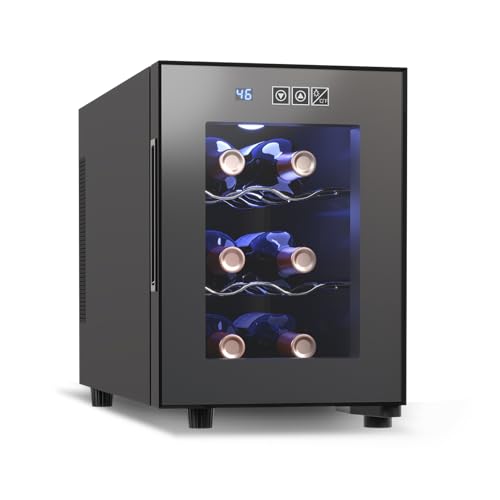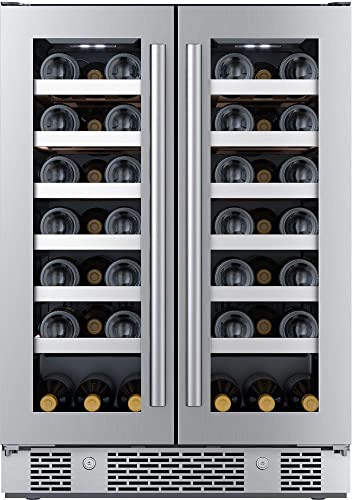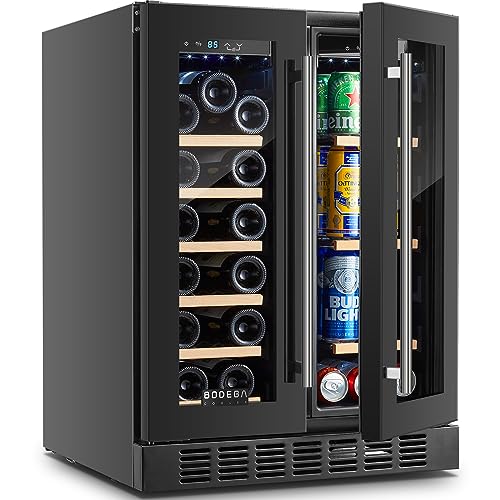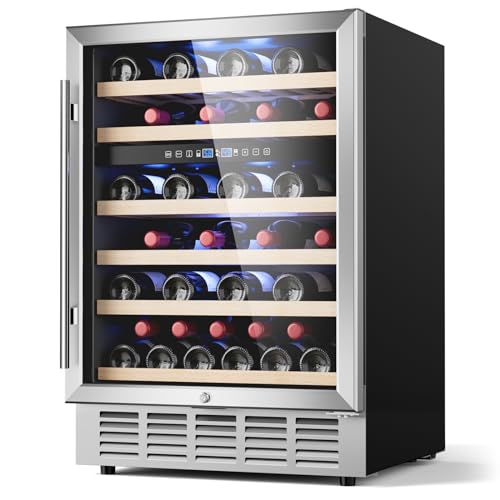Why is kegerator so foamy? How to handle when beer is too foamy?
A kegerator can be a great investment for your home bar. Not only do they look great, but they also make serving beer quick and easy. However, one common issue that people seem to experience with kegerators is the formation of foam on the top of the beer. Why is kegerator so foamy? No matter how often you clean and sanitize your kegerator, sometimes you end up with foam beer. This can be caused by a number of things, including dirty lines, old beer gas, or bacteria. Luckily, there are some things you can do to help correct the problem and get your beer flowing smoothly again. Keep reading to learn more!
The science of CO2 and beer foam
In order for beer to be carbonated, CO2 must be dissolved into it. This process is called carbonation, and it’s what gives beer its refreshing bubbles. The amount of CO2 that dissolves into the beer depends on a few things, including the temperature of the beer and the pressure of the CO2. When you pour a beer from a keg, the sudden change in pressure can cause some of the CO2 to come out of solution and form bubbles. These bubbles rise to the top of the glass and create foam.
Why is kegerator so foamy?
There are a few things that can cause your beer to foam more than usual. One common culprit is dirty lines. If your beer lines are dirty, they can be absorbing some of the CO2 that’s dissolved in the beer. This can lead to foamy beer because there’s less CO2 available to keep the bubbles in solution. Another possible cause is old beer gas. If you’re using a mix of CO2 and nitrogen to carbonate your beer, the nitrogen can start to come out of solution over time. This can also lead to foamy beer because there’s less CO2 available to keep the bubbles in solution. The last possible cause is bacteria. While most bacteria won’t affect the taste of your beer, some can produce enzymes that break down the proteins in beer. This can also lead to foamy beer because the proteins help to stabilize the foam.
How can I fix the foaminess and make my beer taste better?
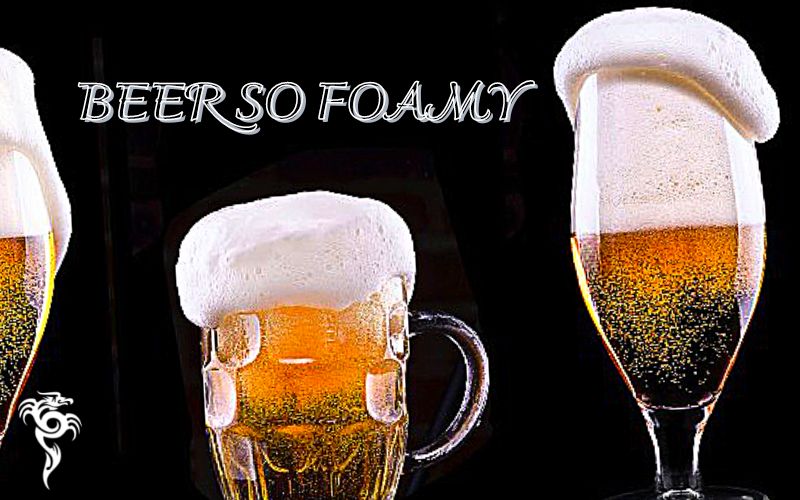
If your beer is foamy, there are a few things you can do to fix the problem. The first thing you should do is clean and sanitize your kegerator. This will help to get rid of any dirt, grime, or bacteria that could be causing the foaminess. You should also clean and sanitize your beer lines. This will help to remove any dirt or debris that could be absorbing CO2 and causing the foaminess. Finally, you should check your gas levels. If you’re using a mix of CO2 and nitrogen, make sure the percentages are correct. You may need to adjust the pressure or add more CO2 to achieve the right carbonation level.
Tips for keeping your kegerator in good condition
Tips for keeping your beer from foaming
- Clean and sanitize your kegerator regularly. This will help to prevent the build-up of dirt, grime, and bacteria.
- Clean and sanitize your beer lines regularly. This will help to prevent the absorption of CO2 and the formation of foam.
- Check your gas levels regularly. This will ensure that your beer is properly carbonated and prevent the formation of foam.
- If you notice foam forming on your beer, take action immediately. Clean and sanitize your kegerator and beer lines, check your gas levels, and adjust as necessary.
- Pour your beer slowly to avoid foam.
- Store your keg in a cool, dark place. This will help to prevent the formation of foam.
There are a few things that you can do to minimize the amount of foam that is produced when pouring a beer. First, make sure that your keg is properly chilled. The colder the beer, the less CO2 will come out of solution and form bubbles. Second, try to pour the beer slowly and steadily. Pouring too quickly can cause more foam to be formed. Finally, make sure that your beer lines are clean. Dirty lines can introduce bacteria into the beer, which can cause foam formation.
If you find that your kegerator is consistently producing foamy beer, there are a few things you can do to troubleshoot the problem. First, check the temperature of your keg. If it’s not properly chilled, foam will be more likely to form. Second, clean and sanitize your beer lines. Dirty lines can introduce bacteria into the beer, which can cause foam formation. Finally, check the pressure of your CO2 tank. If the pressure is too high, it can cause the beer to become overly carbonated and foamy.
If you’re still having trouble with foamy beer, there are a few other things you can try. First, try adding a pint glass spacer to your kegerator. This will help to evenly distribute the CO2 and prevent foam from forming. Second, try using a higher quality CO2 regulator. This will help to maintain a consistent pressure and prevent the beer from becoming over-carbon
Conclusion
In short, Why is kegerator so foamy? There are a few potential causes, including improper chilling, dirty beer lines, and too much carbonation. There are a few things you can do to fix the problem, including cleaning and sanitizing your kegerator, cleaning and sanitizing your beer lines, and checking your gas levels. You can also try troubleshooting techniques like adding a pint glass spacer or using a higher quality CO2 regulator. . Finally, keep an eye out for bacteria growth- this can often cause excessive foaming in your kegerator. If you’ve tried all of these steps and are still experiencing problems, reach out to us for assistance. We would be happy to help! Have a great weekend everyone!
If you want more information to refer to phoenixlandingbar.com
